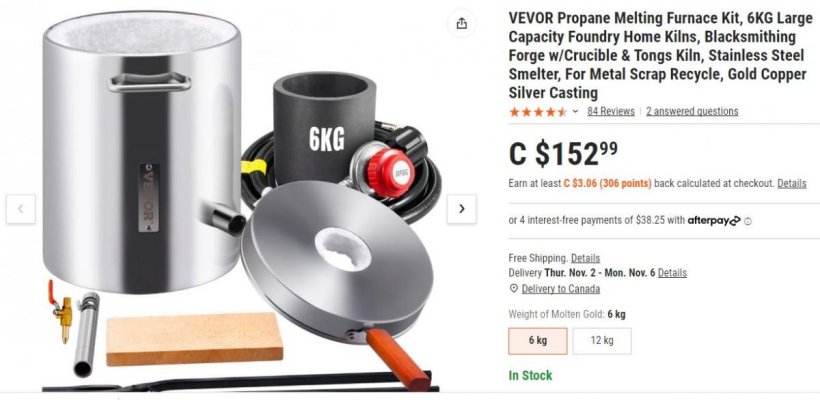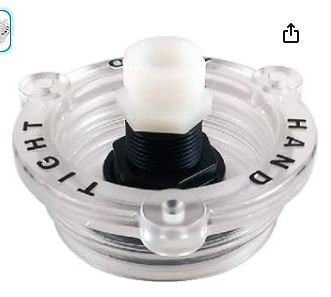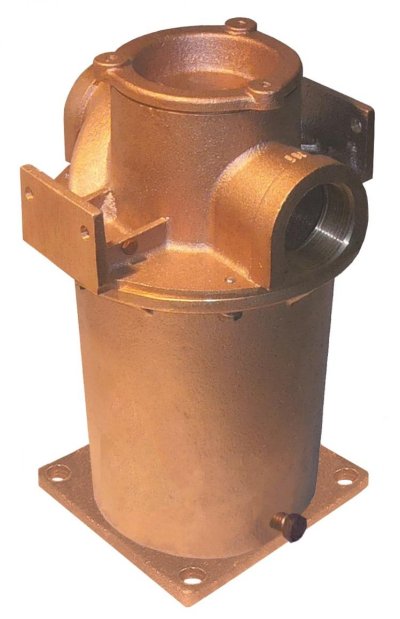Nick F
Guru
- Joined
- Sep 2, 2020
- Messages
- 598
- Location
- Canada
- Vessel Name
- Callisto
- Vessel Make
- 1974 Grand Banks 42 Classic, Hull 433
I need some oddball pipe fittings in bronze and they are not available off the shelf (1-1/4" by 1/2" reducing street tee, for example).
I priced out some bronze bar stock and it costs a fortune. At the same time I have maybe 100lb of disused quality bronze pieces.
I am thinking of melting down my old bronze into ingots and machining the parts out of this.
So far I have failed to find a local foundry who will do this for me, but I see that I can buy a small melting furnace for $199.
Has anyone done this? Suggestions? Tips?
I priced out some bronze bar stock and it costs a fortune. At the same time I have maybe 100lb of disused quality bronze pieces.
I am thinking of melting down my old bronze into ingots and machining the parts out of this.
So far I have failed to find a local foundry who will do this for me, but I see that I can buy a small melting furnace for $199.
Has anyone done this? Suggestions? Tips?



